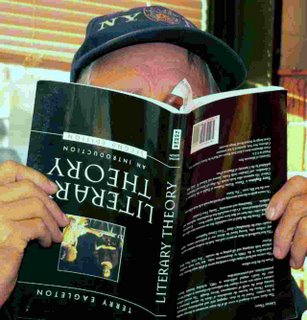Overview of Book Publishing - Notes
IS 561: Paperback Book Publishing Lecture Notes:
History of Paper-Bound Books, notes of William C. Robinson
University of Tennessee
Early Days In Europe
In the beginning, books were quite expensive and were often issued in paper covers with the expectation that the owner would have the book bound according to his taste in something more durable and attractive.
Earlier in the history of the book, the change from leather binding to cloth binding substantially reduced the cost of book buying. A cloth book cost about 17 percent of the cost of a leather one. A mass market paper edition costs more than that when compared to the cloth edition.
Although they became visible in the U.S. just before the second World War, paperbacks have a long history. In Europe, popular paperbacks appeared as early as 1845 by Christian Tauchnitz in Leipzig who introduced a popular reprint series. For quite a long time, there were relatively few original paper editions. Paper bound books were also common in France for most of the 19th Century. Early paperbacks did not fit in pockets, had tiny type, and unattractive covers. Growth in paperback production and sales was related to development of railroad transportation which provided people with an environment where activity was limited and reading was possible. Travelers desired small editions that were easy to carry and read while on the road. Inexpensive paper bound books were also disposable.
Cheap paper reprints had been available in Britain since the Victorian era (Routledge's Railway Classics or Pickering's Diamond Classics for example), but the books were of poor quality and dated. They were considered to be 'cheap.'
Early Days In the U.S.
The first paper bound full-length novel published in the U.S. was Charles O'Malley which was issued in 1840. Others soon followed. Traditional book publishers asked Congress to ban paper bound books. In 1843, Congress increased postal rates for paper bound books and the market collapsed.
The rapid expansion of the railroads in the 1850s and 1860s led to "railroad" literature, usually cheap crime, romance, and joke books. The Beadle Brothers issued the first dime novel in 1860, Malaeska: Indian Wife of the White Hunter. These 96 page paperbacks did have a sewn binding. The "dime novels" were popular into the early 1870s and inexpensive paper allowed for quite a low price.
Click on this post's title to continue. (Part of an well organized, college level course on publishing.



No comments:
Post a Comment